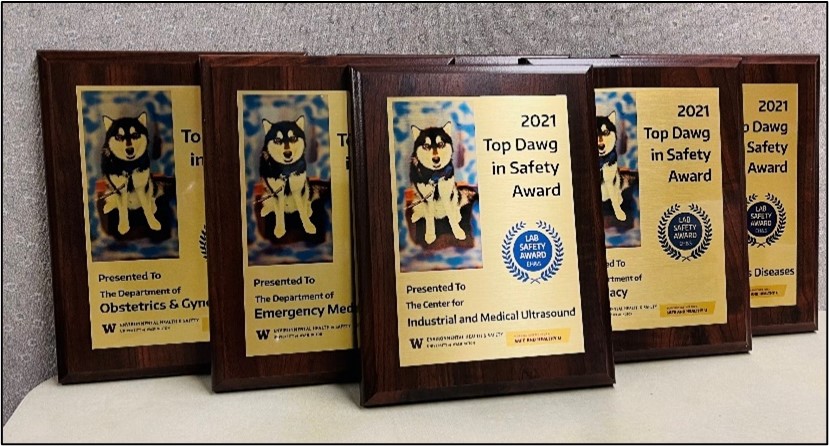Hazardous Material Spills
A hazardous material spill is an uncontrolled release of a substance that is potentially hazardous to humans, animals and/or the environment. University personnel and students working with hazardous materials should be prepared to respond in the event a spill occurs.
